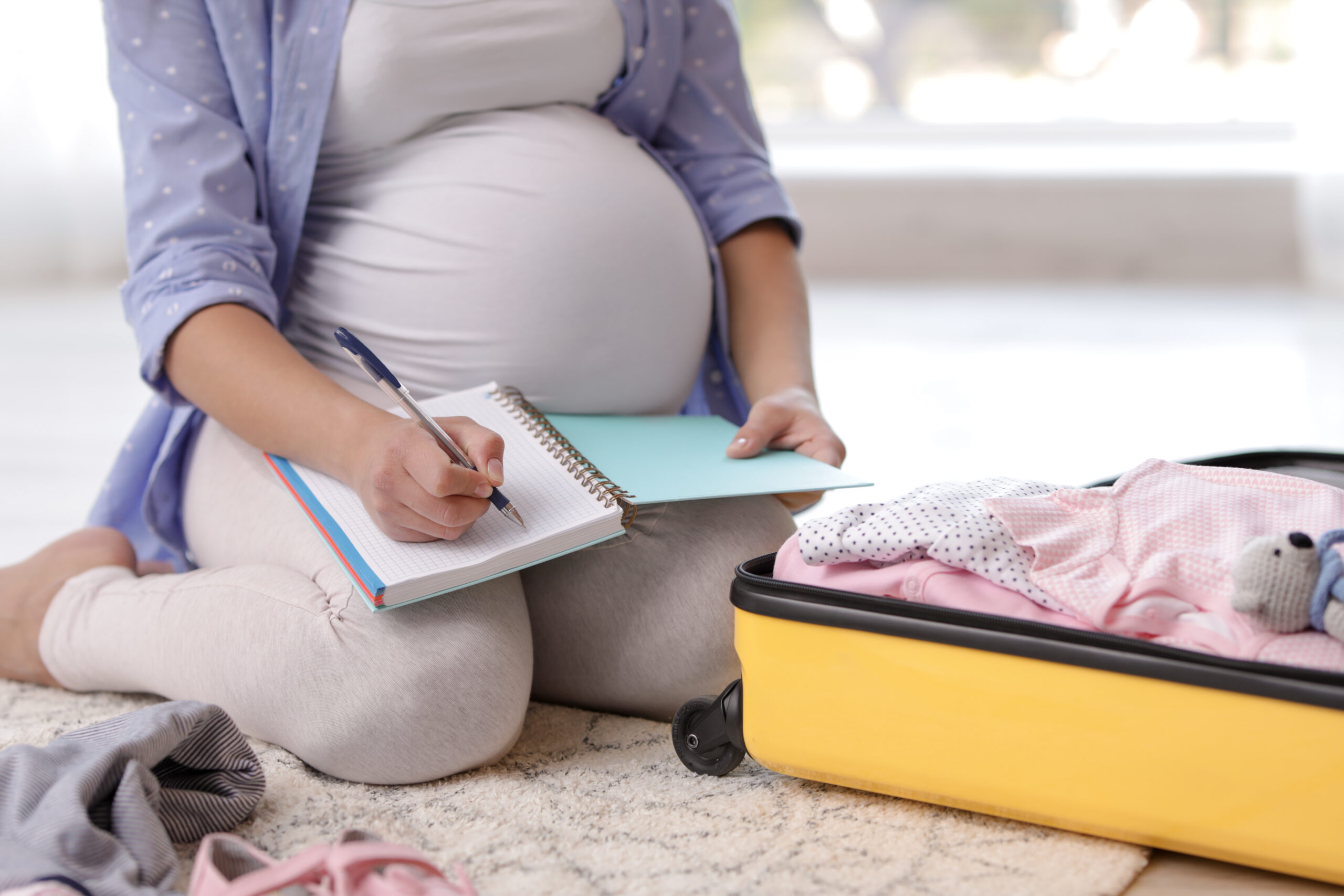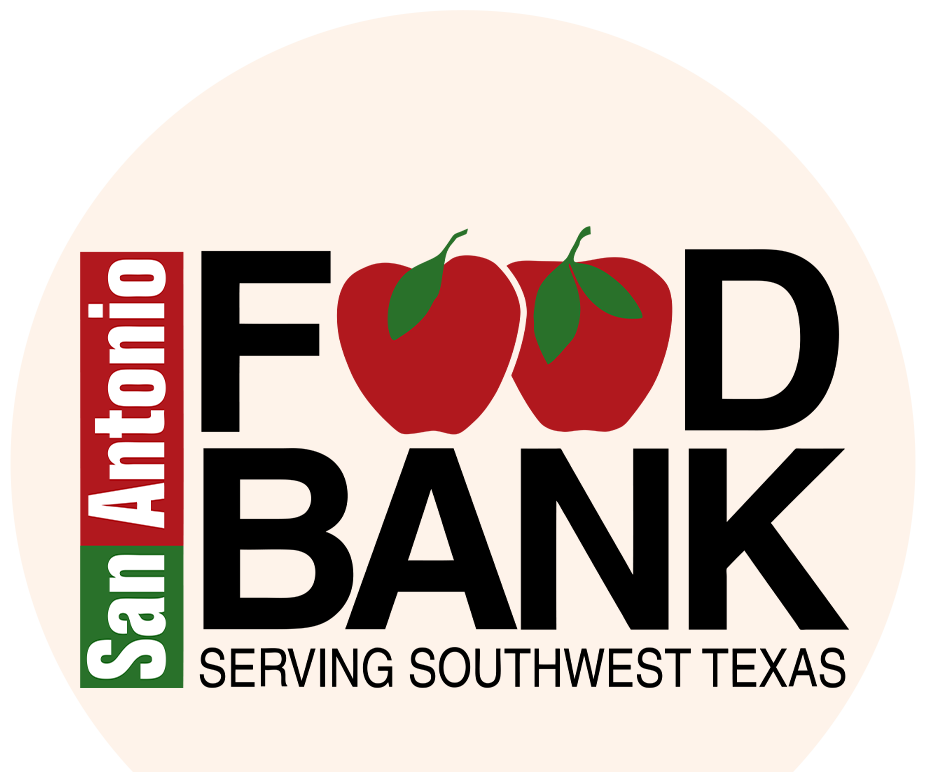OB Pre-Natal Care
Weeks 38-40
Congratulations! At 39 weeks, you have made it to a full-term pregnancy. The American College of Obstetricians and Gynecologists has five different names for labor based on when an infant is delivered. Preterm labor happens before 37 weeks gestation, while early-term labor can happen between 37- and 39-weeks’ gestation. Full-term childbirth happens between 39- and 41 weeks gestation and is the usual timeframe for women to deliver. Those that deliver between 41- and 42 weeks gestation are considered late-term deliveries. Any pregnancy that goes beyond 42 weeks is considered a post-term pregnancy and requires collaboration with your healthcare team to determine when is best to deliver your baby.
Developmental Milestones
- My Baby: By 39 weeks, your baby weighs between 7-9 pounds and is between 19-21 inches long. About a third of your baby’s birth weight comes from their head. In the past week, their lungs and vocal cords have strengthened, preparing for their first birth cries.
- My Body: As your body prepares for delivery, you may experience signs of labor. These signs can include the rupture and release of your amniotic fluid, loss of the mucus plug that seals the opening of your uterus, and dilation of your cervix.


Nutrition Needs
Preparing for Delivery
Research suggests that delivering a child has similar energy and caloric demands as that of running a marathon. While there is still not enough evidence to support certain foods that induce labor, it is recommended to continue eating balanced meals before contractions start. Eating foods rich in carbohydrates, lean protein, and healthy fats can support the increased energy demand of delivering a baby. While walking is believed to help speed up the early stages of labor, there is no significant scientific evidence to prove this. However, it has been proved that women who are physically active throughout their pregnancy spend a shorter amount of time in active labor.
During Labor
Some OB/GYNs recommend not eating during labor once the first contractions begin. It is believed that eating and drinking during delivery increases the risk of choking, especially if emergency anesthesia is needed. Recent research has changed this practice for low-risk pregnancies. Some healthcare providers may allow you to eat during delivery, depending on what stage you are in. It is essential to talk with your healthcare team to confirm what is allowed in your delivery room. If allowed, some recommended foods and drinks include:
-
- Foods: toast and peanut butter or jelly, pasta without sauce, applesauce or Jell-O, and popsicles or sorbets
- Liquids: water, chicken or vegetable broth, 100% fruit juices, or ice chips
Fuel for Recovery
Planning snacks after delivery is a great way to start fueling your recovery and regaining your energy. Hospitals or birth centers are not always able to provide snacks in between meals or throughout the night, so taking some with you can go a long way. Aim for snacks that are easily digested and light on the stomach since it may be 2 to 3 days after you deliver that you are able to pass a bowel movement.
-
- Snack ideas: whole grain crackers or toast, apple sauce, carrot sticks and hummus, soups, hard-boiled eggs, nuts and nut butters, or yogurt.
Recommended Recipes


Family Engagement Activity
- With your delivery day in sight, packing a bag for the hospital can help you and your partner prepare for the coming of your newborn. Be sure to pack a bag or suitcase for you, your partner, and your baby. Keep this bag packed and ready for whenever your baby decides to enter this world.
- Remember, the hospital will provide diapers and wipes while you are there. Be sure to have extra of these items readily accessible when you head home.
- Pampers offers a complete checklist to help you bring all the essentials to the hospital for labor and delivery. Check out their awesome resources here.
Caregiver's Corner
Labor and Delivery
- Lori Swaney, an Impact Obstetric Nurse from CHRISTUS Children’s, offers insight into what to expect when you go to the hospital to deliver your baby.
- Once you arrive at the hospital, the staff will check you in and show you to a room where you can change into a gown. The delivery team will complete a quick assessment to determine what stage of labor you are in and call your doctor to give them an update on your care.
- In addition to a change of clothes for you, your partner, and your baby, it is important to bring items, like aromatherapy, books, or blankets, that can keep you comfortable and busy before you deliver.
Stages of Labor
Labor can be broken into three stages.
-
- The first stage of labor can take between 12 to 19 hours long. Throughout this time, you may experience intense, regular contractions that prepare your body for delivery. It is best to use pain-coping mechanisms during this time, like enjoying a shower, going for a walk, and taking deep breaths. It is recommended to go to the hospital as you begin active labor when contractions are a few minutes apart.
- The second stage of delivery varies for each birth and can last 20 minutes and up to a couple of hours. It is during this time that your contractions will come closer together and last longer. You may also feel pressure in your lower back and rectum as you begin pushing. This stage ends with the birth of your baby.
- The third stage of labor is when you deliver the placenta, which can take an additional 20 minutes. The placenta is a completely new organ that your body creates while pregnant to transfer oxygen and nutrients to your baby. The umbilical cord connects your baby to the placenta and is usually cut during the second stage of labor.





